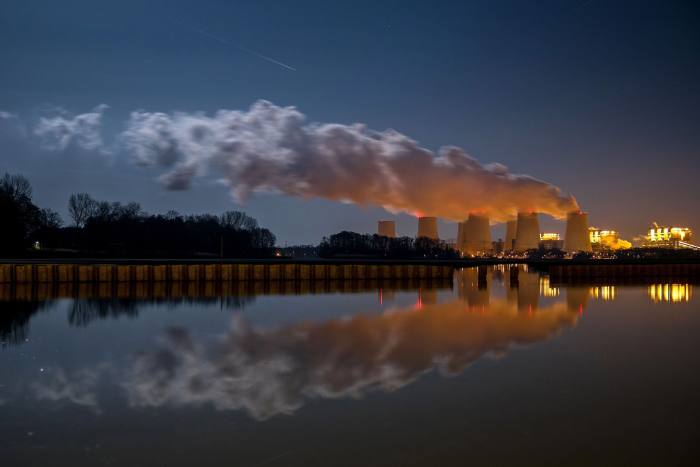Cut methane by half over next decade to fight global warming, UN warns
Methane emissions must be cut by almost half during the next decade to avoid the worst effects of climate change, according to a new UN report that concludes it is the “most powerful lever” to slow global warming in the near term.
Methane, a greenhouse gas that is more potent than carbon dioxide, is responsible for about 40 per cent of planetary warming. Methane emissions have increased much faster than expected by scientists, surging by a record amount last year.
The landmark UN report, compiled by 22 authors across 11 research institutions, finds that methane emissions also have a big impact on human health, accounting for about half a million premature deaths each year due to ozone exposure linked to methane.
If methane emissions are cut by 40 per cent from 2020 to 2030, this will help avoid about 0.3C of warming by 2040, according to projections in the report, and would avoid 255,000 premature deaths each year.
“Methane mitigation is one of the most significant climate actions the world can take in this decade,” said Drew Shindell, a professor of earth science at Duke University and chair of the report. “In the near term, it is really the best thing we could possibly do.”
Methane has 80 times the warming effect of carbon dioxide on a 20-year time horizon. But methane also has a much shorter lifespan, lasting about 12 years, compared with CO2, which stays in the atmosphere for a century or longer.
Because it is shortlived, cutting methane emissions has a much swifter effect than cutting CO2, said Shindell.
The measures to cut methane recommended by the report include faster gas leak detection, and the covering of landfills to capture their gases, as well as eating less meat.
“Methane is essentially natural gas,” said Shindell. “So if you capture it coming out of a landfill or a leaky pipeline, you have something very useful and financially attractive.”
Other steps include better management of wastewater, improved animal husbandry, and flooding abandoned coal mines, which can emit methane.

Several countries have recently moved to tighten restrictions on methane, including the US, which is restoring limits removed by the Trump administration. The EU will produce new rules this autumn.
Agriculture, including cows, manure and rice fields, is a major source of methane, accounting for about 40 per cent of human-caused emissions, according to the Global Methane Assessment report.
Fossil fuels account for about 35 per cent of human-caused methane emissions, including leaks from natural gas facilities, and methane released by coal mining. Landfills and wastewater account for about 20 per cent.
Methane also comes from natural sources such as wetlands and melting permafrost, and these natural or “biogenic” sources contributed to the recent surge.
This unexpected rise in global methane emissions was far off track from what scientists modelled would be necessary to limit global warming to 1.5C or 2C, the report concluded.
“We have no chance of meeting our climate goals if we don’t immediately start cutting our methane emissions,” said Jonathan Banks, international director for methane at the Clean Air Task Force, a Boston-based non-profit organisation.

The report found that existing practices and technologies were sufficient to cut emissions by 45 per cent by 2030, relative to projected emissions for 2030.
The biggest opportunity for reducing methane was in the fossil fuel sector, according to the report, which stated that cuts of about 60 per cent could be possible in oil and gas emissions over the next decade.
At least a fifth of the reduction could be achieved through measures that pay for themselves due to the value of the captured gas, according to the report.
In addition to its warming impact, methane is damaging to crops. It contributes to the creation of ozone, which inhibits crop growth. Cutting methane emissions by the necessary 40 per cent could avoid about 26m tonnes per year of crop losses, according to the report, backed by the UN Environment Programme and affiliated Climate and Clean Air Coalition of nations.
“It is absolutely essential that we tackle methane, and that we tackle it expeditiously,” said Inger Andersen, head of UNEP. “The assessment allows us to begin to hold countries to account.”
Follow @ftclimate on Instagram
Climate Capital

Where climate change meets business, markets and politics. Explore the FT’s coverage here